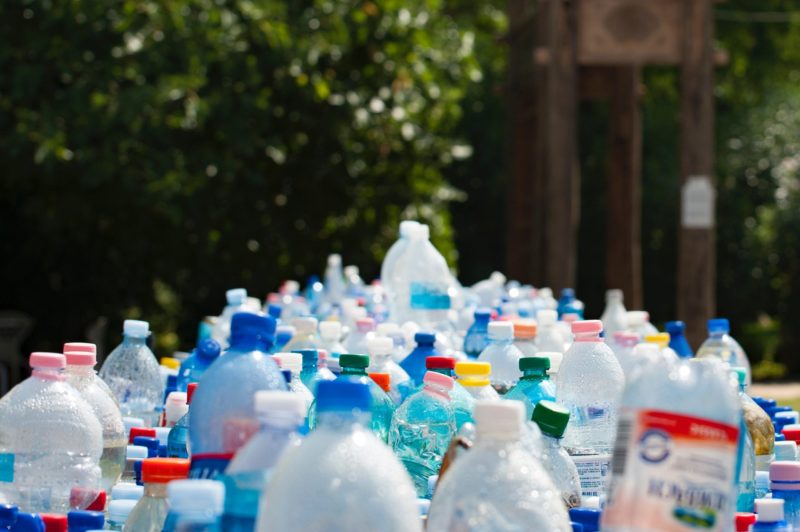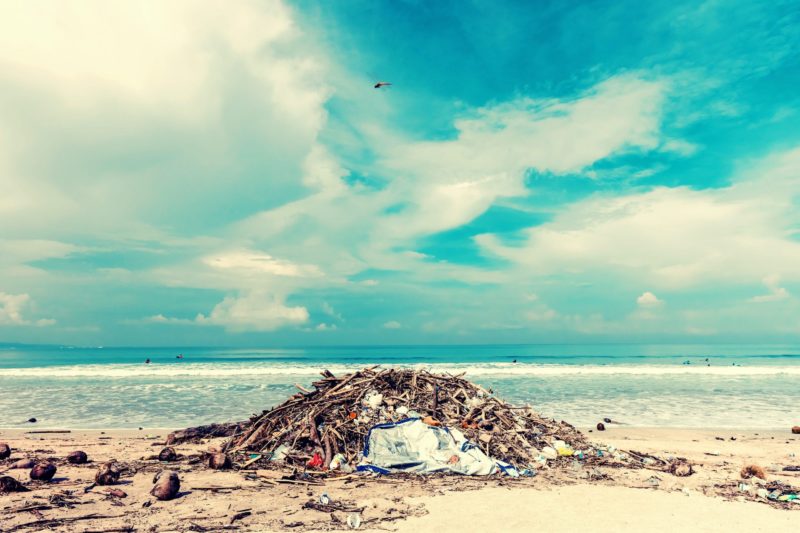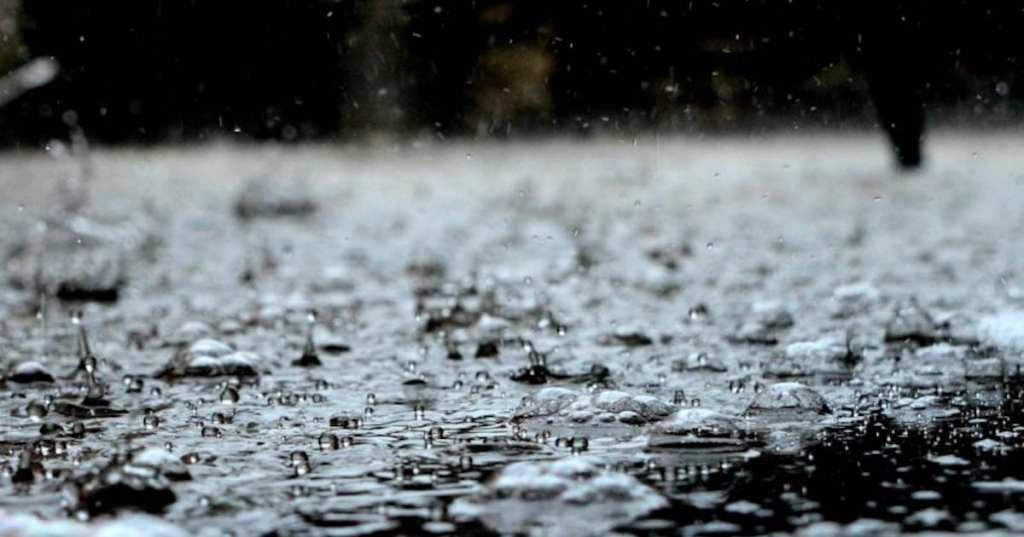Nature lovers who traverse through the western part of the United States know firsthand the crisp smell of fresh air. Unfortunately, most of them probably don’t know about the hidden danger in the rain.
According to research published in Science, we have a plastic problem on our hands. Microplastic particles, which measure in at less than five millimeters long, get caught up in the atmosphere and make their way down to Earth through rainfall.

Photo Credit: Pexels
Furthermore, after collecting rainwater and air samples over a 14-month period, researchers discovered that more than 1,000 tons of microplastic particles fell into 11 protected areas in the western part of the country. In more practical terms, that’s the equivalent of 120 million plastic water bottles.
The issue isn’t only native to the US. Microplastics are getting spread all over the world. And now, plastic rain has become the new form of acid rain.
That could spell trouble in the future. While processes have been put in place for years to cut down on acidification, the same can’t be done for plastic. Instead, the material has become a dangerous pollutant that’s expected to only get worse over time.

Photo Credit: Pexels
According to one expert, plastic waste could increase from 260 million tons per year to 460 million by 2030.
When researchers collected samples, they were stunned to discover that 98 percent of the samples contained those pesky microplastic particles.
“I was just completely floored to see little brightly-colored pieces of plastic in nearly every single sample,” said Janice Brahney, who served as the lead author of the study.

Photo Credit: Pexels
Microplastics also have an effect on soil, the ocean, and other parts of the environment. Ultimately, there’s still a long way to go to figure out how to reverse this troubling trend.
What do you do to combat environmental pollution? Do you have a strategy to cut down on plastic use or a clever way to reuse plastic items? Tell us your thoughts in the comments below!






